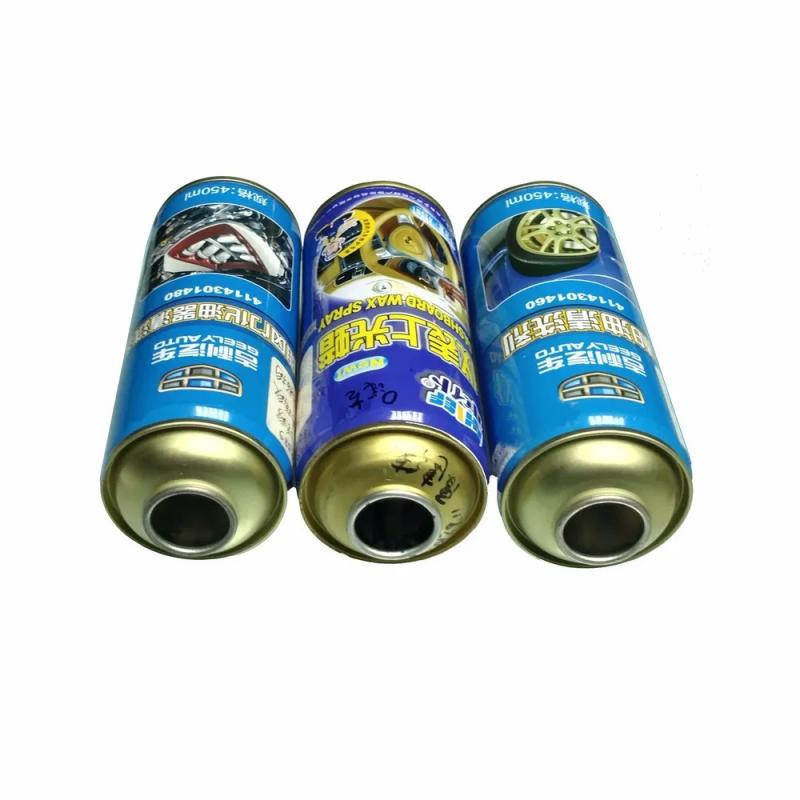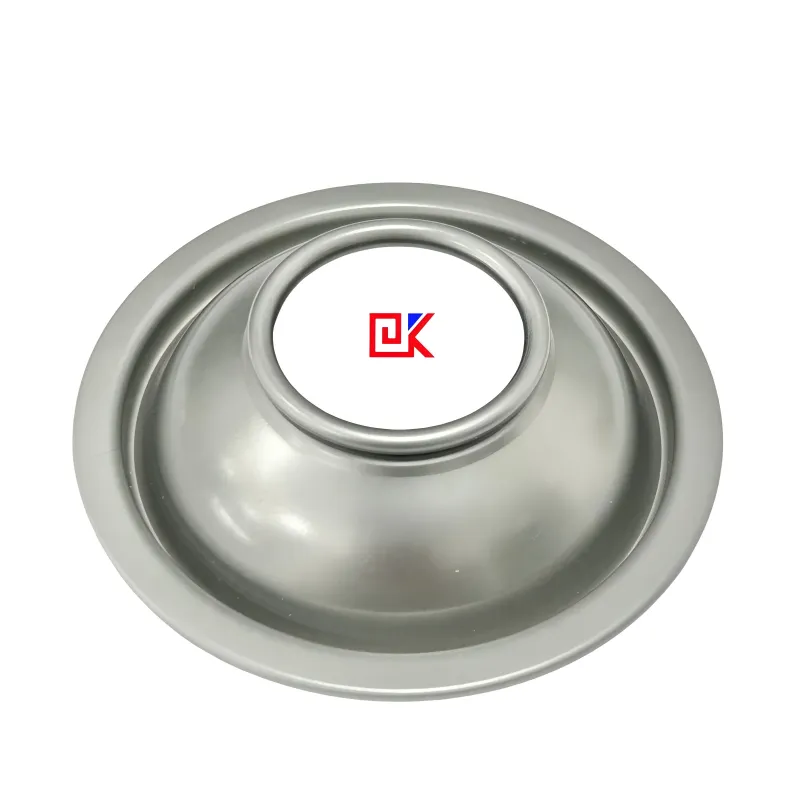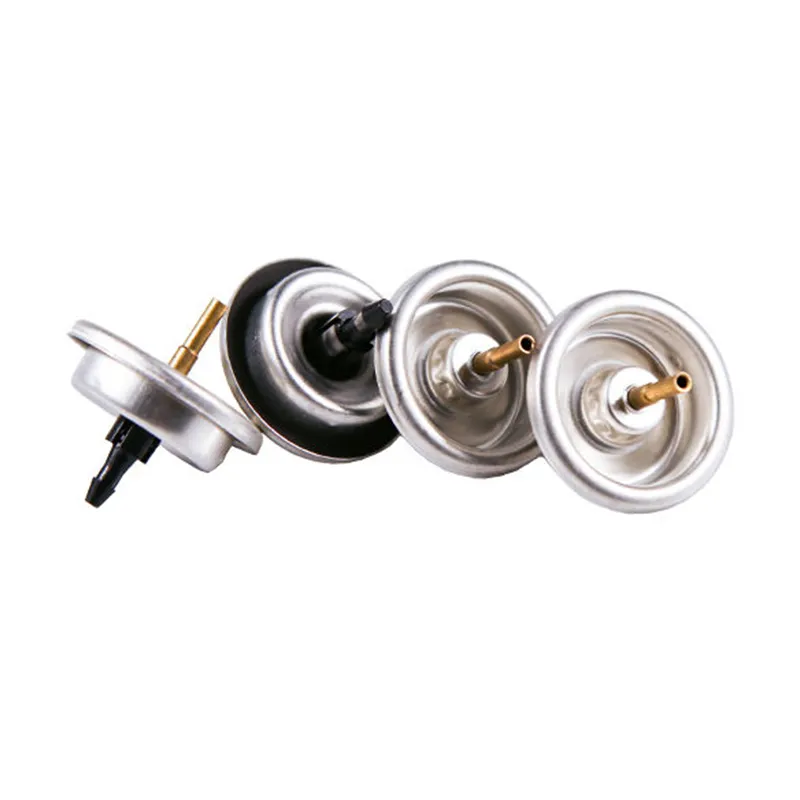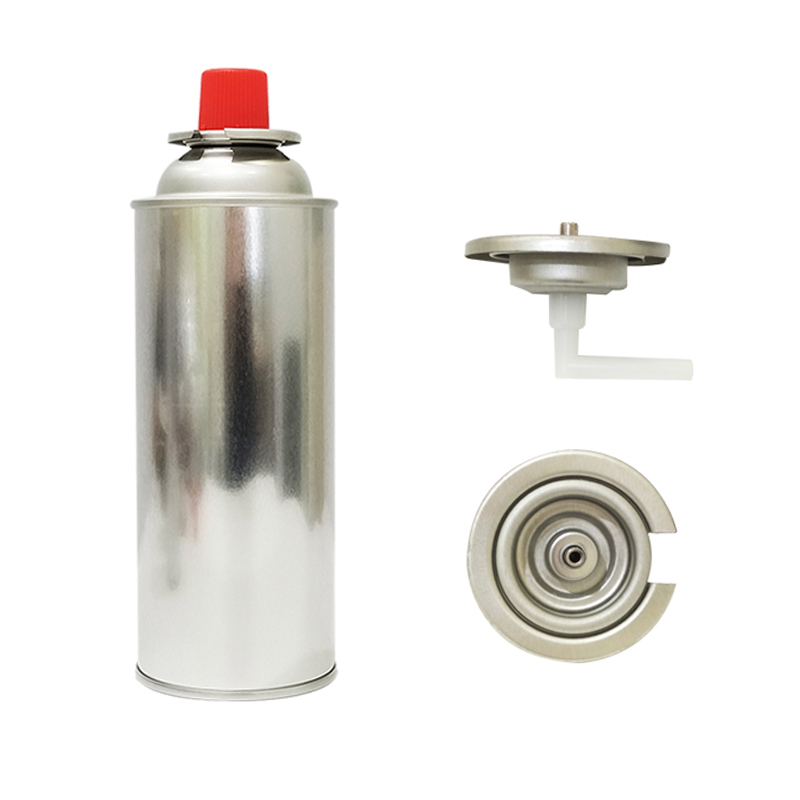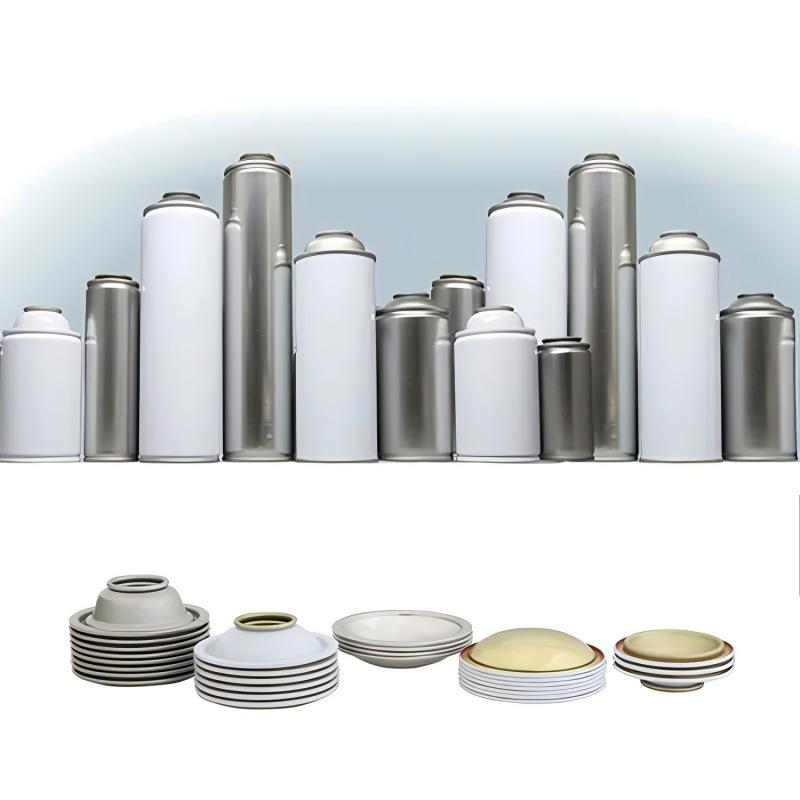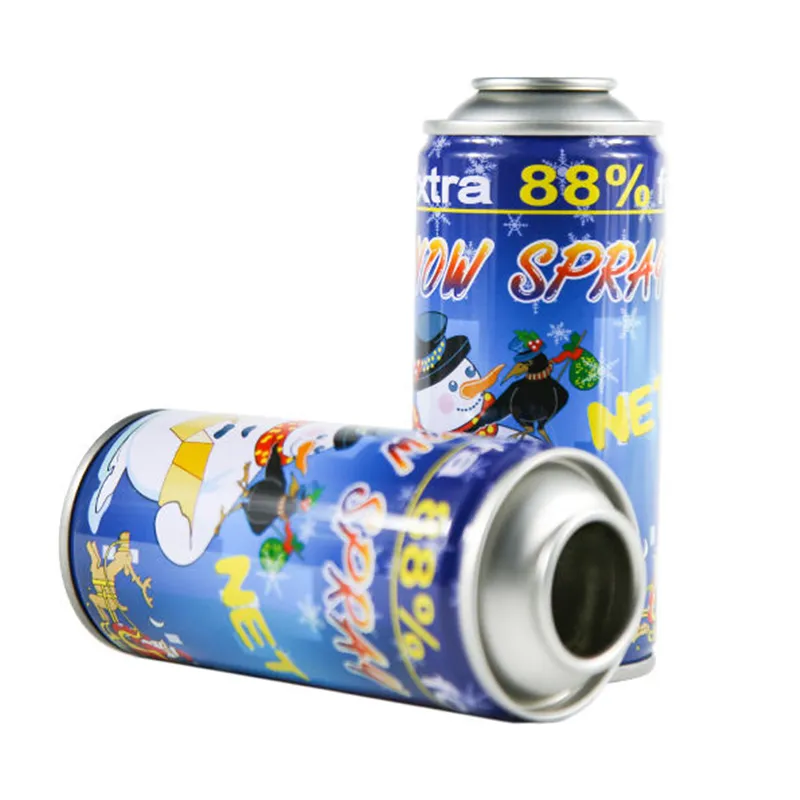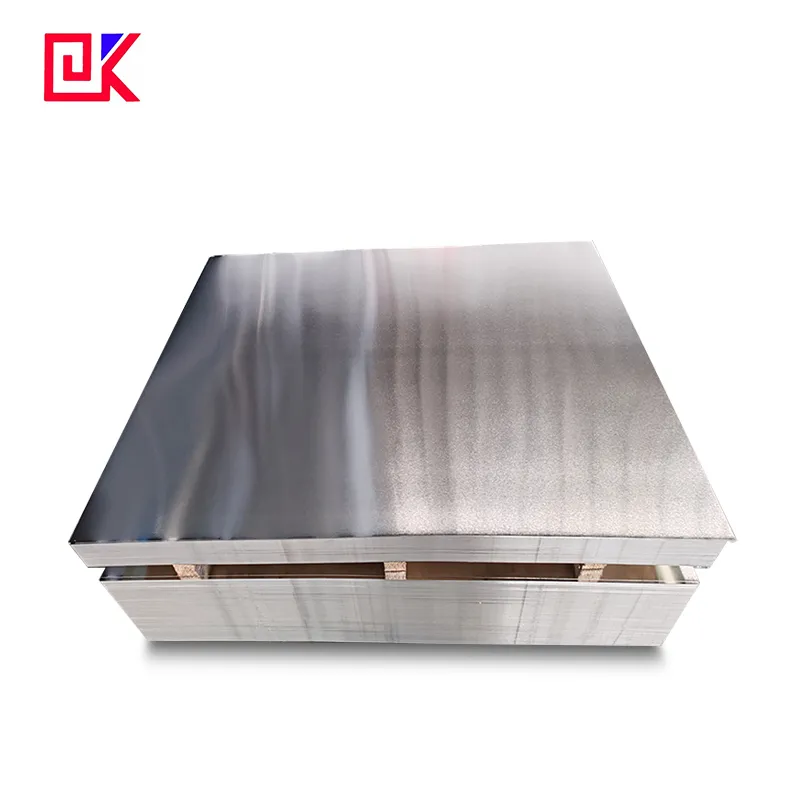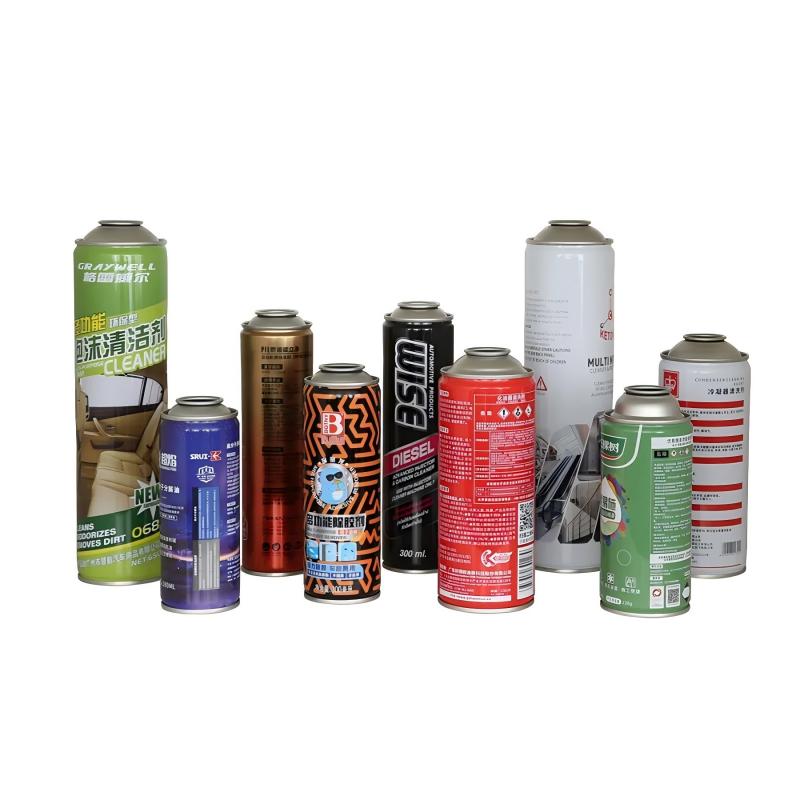09-30/2025
When a three-piece aerosol can is inverted, in most cases, gas is sprayed, not liquid. Even if a small amount of liquid is ejected with the gas, it will be intermittent and uneven, significantly reducing the spray effect. The liquid cannot be sprayed properly, resulting in inefficient use of the remaining contents in the can.


